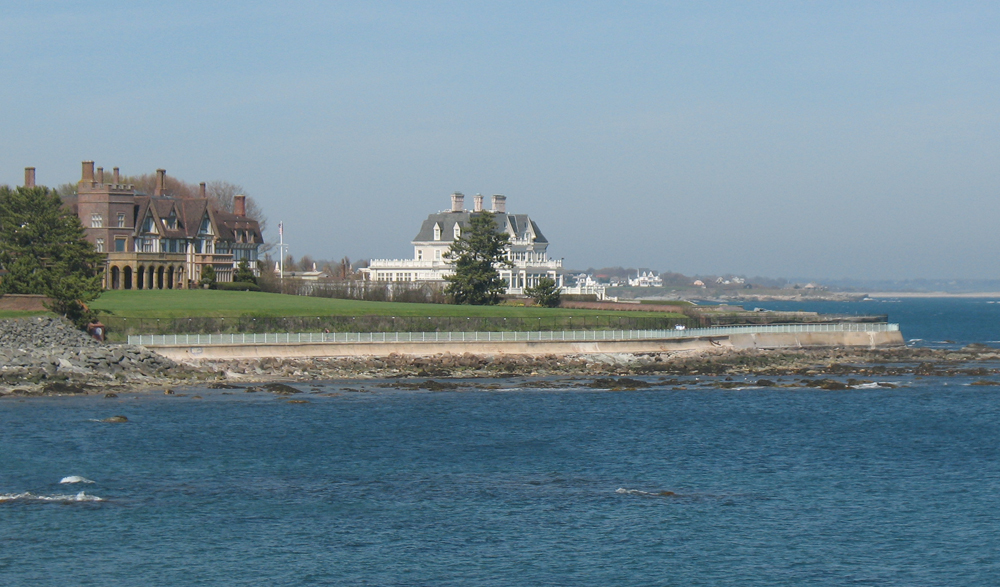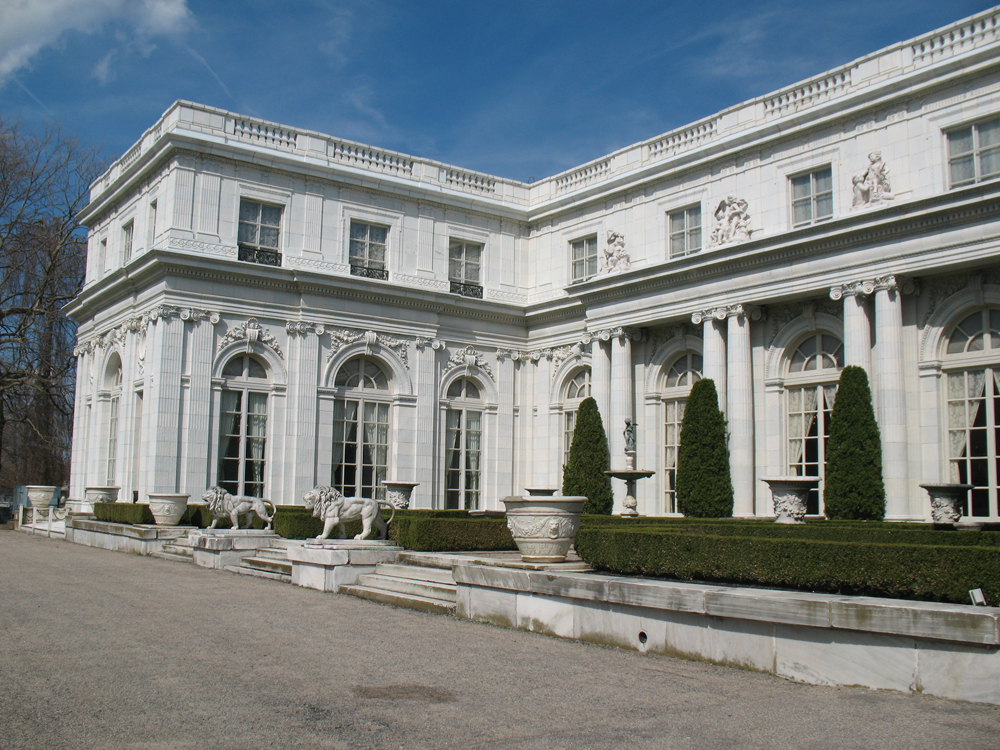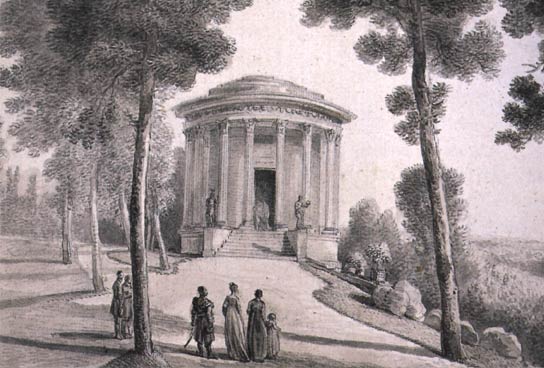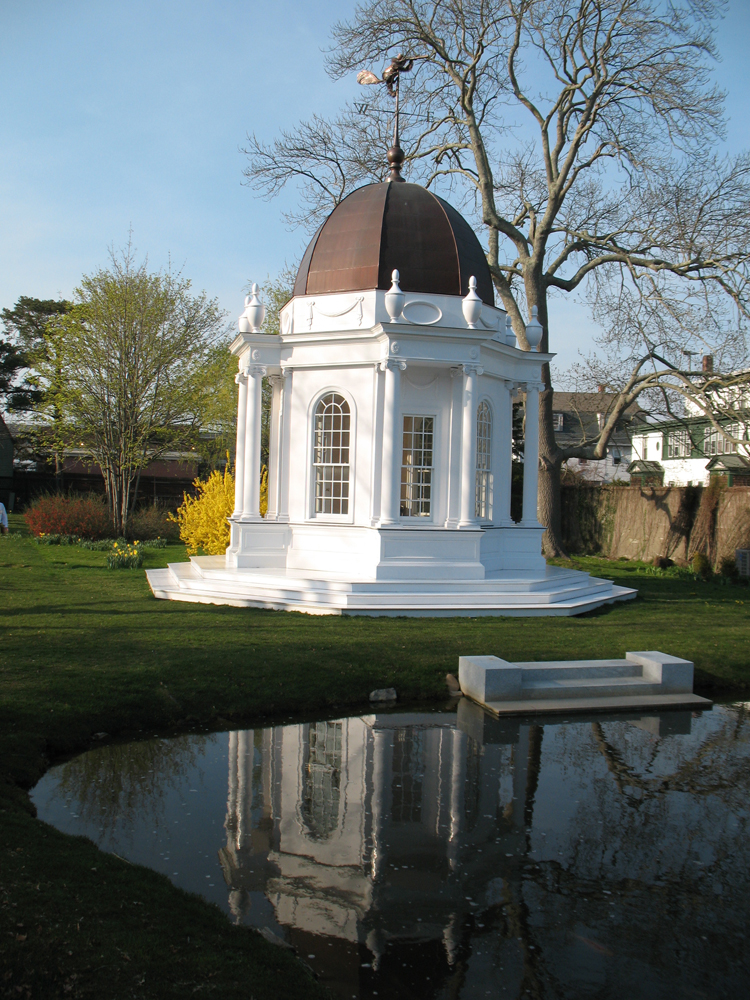
As I headed to Newport, Rhode Island, for the Preservation Society of Newport County’s annual symposium (April 27-29)—escaping New York City’s record-high temperatures—this year’s topic, Great Escapes: Villas Country Places, and Pleasure Pavilions, seemed particularly fitting. The pre-symposium mansion tours provided our small group an intimate look at two very different Newport houses. Chateau-sur-Mer (1852) served as a full-time residence for retired China-trade merchant William Shepard Wetmore. The interiors have remained quite intact—complete with Minton tiles, Italian stamped leather, and the obligatory Victorian clutter. In contrast, Rosecliff (1902), designed by McKim, Mead, and White for Nevada silver heiress Theresa Fair Oelrichs’s lavish summer entertaining, no longer contains its original furnishings. Today, the house provides the backdrop for weddings, parties, and a number of Hollywood films, including The Great Gatsby.

The impressive list of symposium speakers included international scholars as well as local Newport experts. The theme of escape, both psychological and geographic, was interpreted in a number of ways, and springing from that, folly and fantasy surfaced in a number of lectures. Historian Adam Zamoyski told the story of late-18th-century Polish retreats, including the pleasure pavilions erected by Princess Izabella Czartoryska on the palace grounds at Pulawy, which were later given up for a more sober temple built to house her collections of art and relics (with varying degrees of authenticity). The director of London’s Garden Museum, Christopher Woodward, explored 18th-century British landscape gardens, arguing that some were intended for solitary contemplation rather than amusement. Structures erected in these landscapes, later called “follies,” were sometimes called “hermitages.” Woodward noted that professional hermits (also called ornamental hermits) might be employed to inhabit these structures!

Throughout the symposium, representatives of the Preservation Society introduced newcomers to its historic properties, and highlighted new research and changing methods of interpretation for all symposium attendees. Curator Paul F. Miller gave an overview of the pavilions and sporting amenities that provided yet another level of escape at Newport’s summer retreats. In another session, Miller, along with the Society’s CEO and Executive Director Trudy Coxe and Symposium Director John Tschirch, recounted some of the organization’s recent projects, such as the restoration of a Chateau-sur-Mer ceiling and a new and improved audio guide at the Breakers (1893-1895).

In addition to tours and talks, attendees visited Ogden Codman Jr.’s Bellevue House (1910), now privately owned, which boasts two new “follies” and a water garden. We spent an evening meandering through the garden’s miniature landscapes—highlighted by daffodils in full bloom. The symposium would not be complete without dinner at the Breakers, where guests could wander through the first floor before being seated in the great hall. I was so impressed with the symposium’s streamlined organization, plentiful activities, excellent speakers, and friendly participants, that after all the fun, I was not entirely eager to return home to the city. And I may be inspired to consider a career change—professional hermit?
